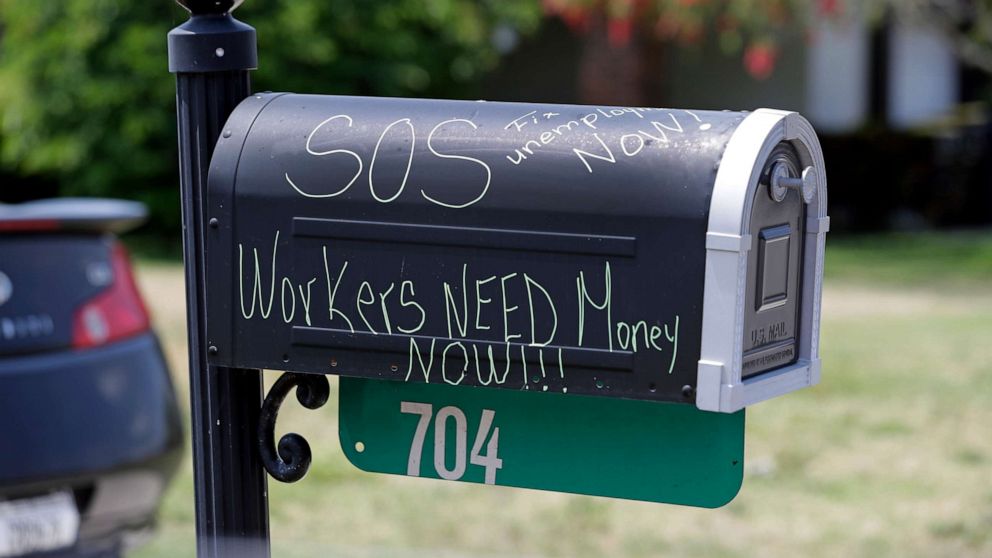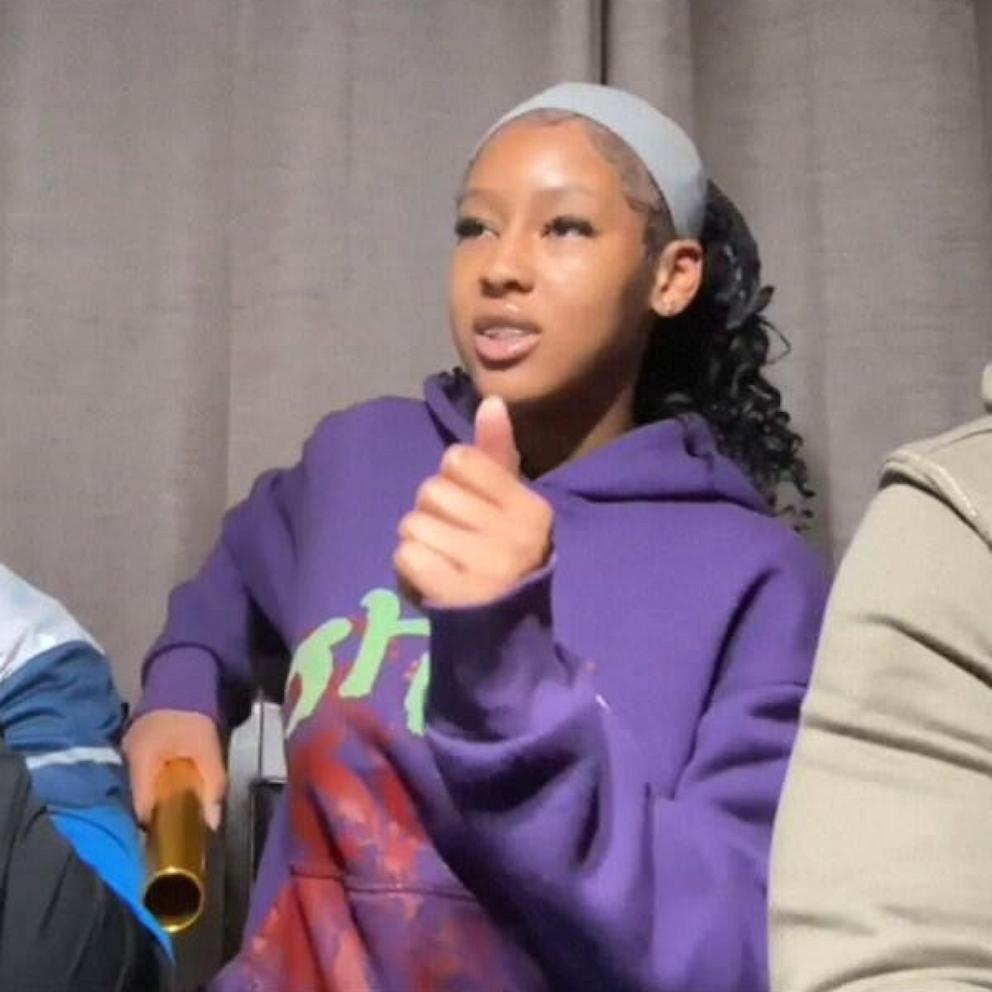Where's the money? Most Americans still waiting for COVID-19 stimulus boost
It's been more than three weeks since the $2 trillion CARES Act was signed into law, but the vast majority of those who qualify for economic relief -- some in multiple categories -- have yet to see their share.
Last week, the IRS began depositing money into the bank accounts of those who meet the federal government's income qualifications for direct payments, and some Americans who receive unemployment benefits began receiving an additional $600 a week. However, a large percentage of those who meet the criteria to receive one or both of those forms of assistance are still waiting.
Similarly, the majority of the small business owners who applied for forgivable loans remain in limbo. According to the Small Business Administration, some 1,080,000 loan applications had been approved for a total of $253 billion out $350 billion allocated as of Tuesday.
Additionally, small business owners eligible for Economic Injury Disaster Assistance loans are running into roadblocks.
Here's an overview of who qualifies for each program, and where the relief money stands:
Individual payments
More than 80 million people should see a direct deposit by Wednesday, according to Steven Mnuchin, the Treasury Secretary.
"We know how important that is to all of those hardworking Americans, many at home not working at the moment," Mnuchin said Tuesday at the White House Coronavirus Task Force briefing.
People with lower adjusted gross incomes will receive payments before those in higher tax brackets.
Americans making $75,000 or less and couples making $150,000 or less are eligible to receive $1,200. Individuals and couples in those income brackets also are eligible for $500 for each child 17 or younger.
The payments are smaller for individuals making up to $99,000 and couples making up to $198,000. Americans making more than that will not receive a payment.
Those who qualify and who provided the IRS with direct deposit information when they filed their 2018 or 2019 taxes should see the funds appear automatically in their bank accounts. Americans who don't earn enough to pay federal taxes are required to enter their personal information on the IRS website to receive a payment.
Taxpayers who have not provided banking information to the IRS are encouraged to do so using a new app, "Get My Payment," that debuts this week. The app also allows taxpayers to track the status of their payments.
"We want to do as much of this electronically if we can. It's very important in this day and age, it's more secure and you don't have to go to the bank," Mnuchin said. "If you're a Social Security beneficiary, you don't need to do anything. You will get a direct deposit. If you have not filed and didn't need to file a 2018 or '19 return, you can go to irs.gov now and enter your information and authenticate yourself."
Those who don't provide banking information to the IRS will have to wait for a paper check in the mail that may not arrive for weeks or months. It's unclear how those without bank accounts -- about 8.4 million households in 2017, according to an FDIC survey -- will access that money even after receiving a check.
The IRS said it expects to issue about 5 million paper checks.
While millions of Americans wait for the first round of stimulus payments, some say said federal government should be providing people with a bigger boost.
Democratic Rep. Joe Kennedy has pushed for more than doubling the $1,200 checks for individuals earning less than $100,000. He is also calling for the payments to continue for low- and middle-income workers "until the economic aftershocks end."
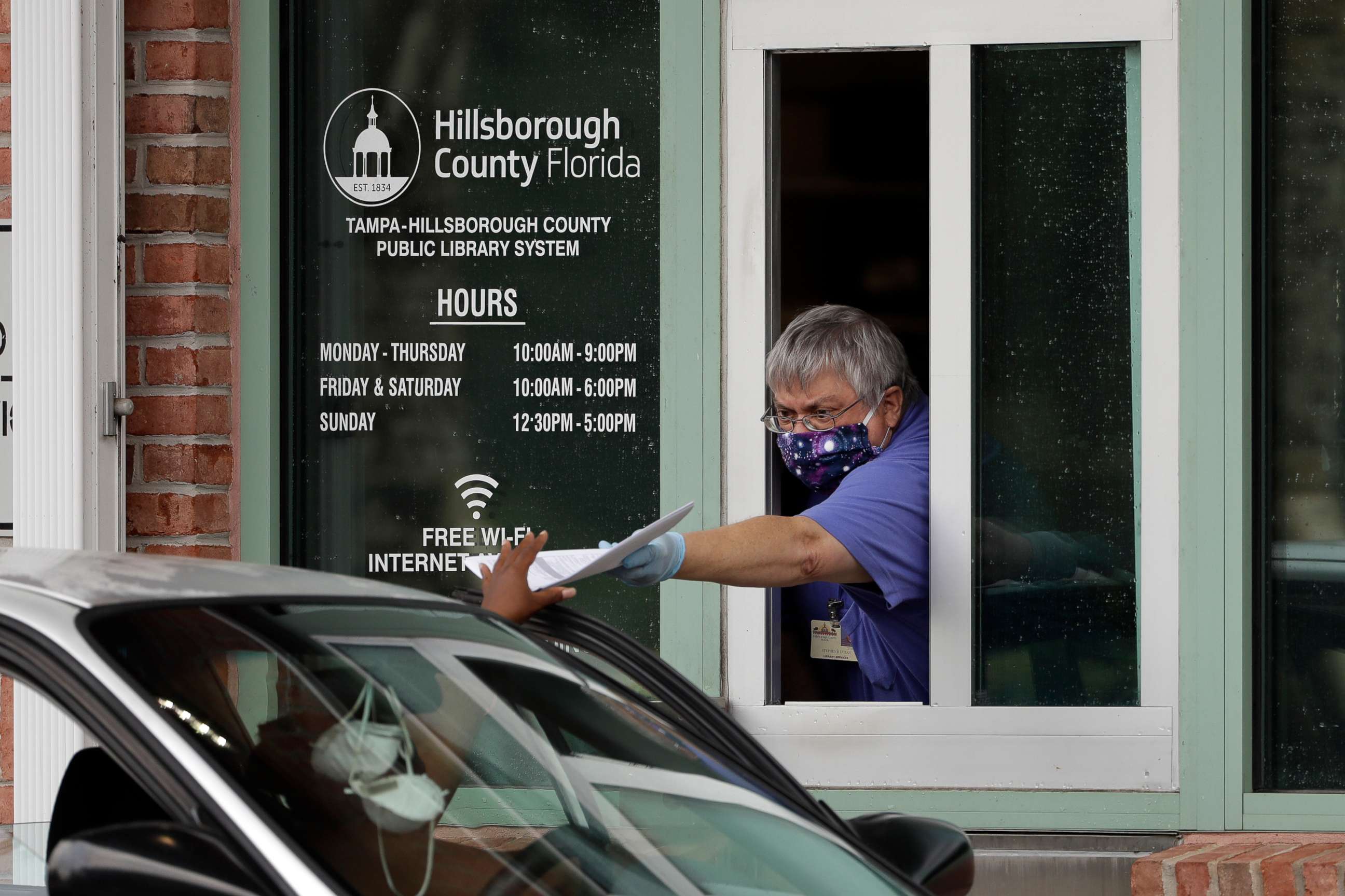
Extra unemployment benefits
Individuals who qualify for unemployment insurance are eligible to get $1,200 and can also expect a sizable bump in unemployment benefits under the CARES Act. But when they actually see that extra money depends on where they live.
Last week, 6.6 million Americans filed jobless claims, pushing to more than 15 million the number who've filed in the past three weeks. The economic recovery package provides an additional $600 per week in unemployment benefits to those newly approved for unemployment, and those already on the rolls.
Individuals who received unemployment benefits last month will get additional funds dating back to March 27, and, under current legislation, those extra payments will continue through the end of July.
Some states are already processing the additional unemployment payments, including Illinois, Massachusetts and New York.
California, which processed more unemployment claims in the past four weeks than it did in all of 2019, is expected to begin giving out additional money this week.
"Many Californians are feeling the effects of this pandemic, and this added benefit is very important to our workers," California Gov. Gavin Newsom said.
But not all states have been able to distribute the funds, primarily because they're using outdated computer systems.
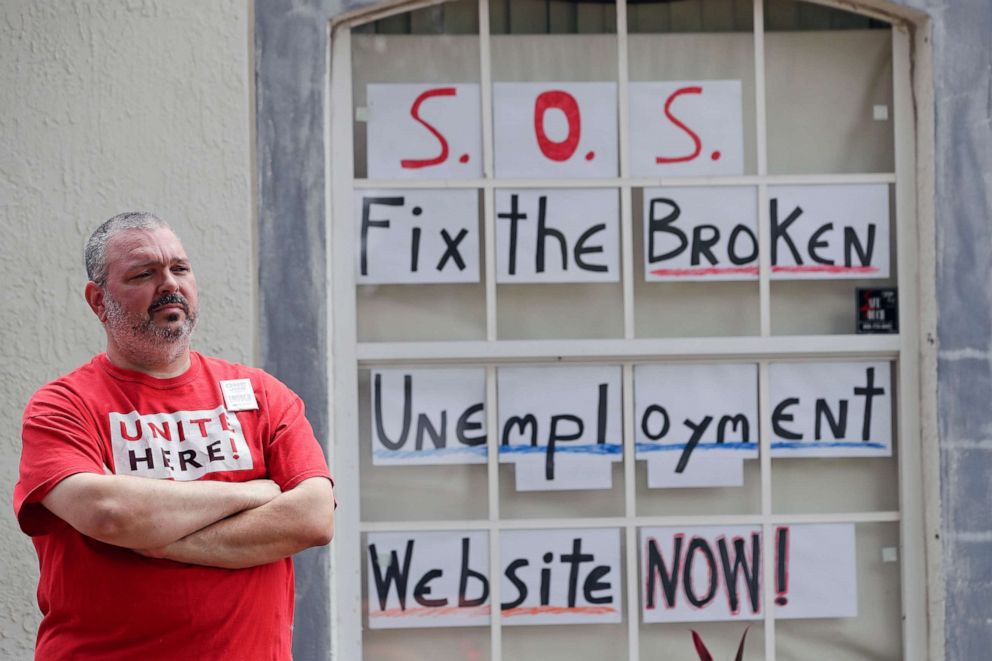
Bret Crow, a spokesperson for the Ohio Department of Job and Family Services, said the agency hopes to begin releasing the additional compensation by the end of next week, noting that the system handling claims is 16 years old and the state is in the process of updating it.
"Before the COVID-19 pandemic, we had 42 people manning the phones in our call center -- today we have 1,103," Crow said in an email.
Unemployed residents in Connecticut also are still waiting for additional benefits. The Connecticut Mirror reported last week that state officials couldn't predict when benefits would be made available.
Paycheck Protection Program for small businesses
Nearly half of all Americans who work in the private sector are employed by a small business, according to the Small Business Administration, and a major component of the CARES Act is designed to help keep them employed as most small businesses have been forced to close.
The Paycheck Protection Program offers small business owners federally backed loans that become grants if the money is used primarily to keep employees on the payroll.
Congress allocated $350 billion for the program, and small businesses are eligible to apply for up to $20 million each, depending on their payroll and other expenses like rent.
The rollout of the program was rocky. The Treasury Department was slow to provide banks with guidelines, and many major banks didn't have their applications live by April 3, the date the program was schedule to begin.
Bank of America was one of the first large banks to accept applications but prioritized customers who already had loans with the bank, leaving many business owners surprised and disappointed to find themselves locked out of the process.
But as more banks have started accepting applications, and as initial efforts to prioritize or restrict certain groups have been waived, the program has been inundated with requests. As of Tuesday morning, lenders had approved 1,080,000 loan applications totaling $253 billion, according to the SBA.
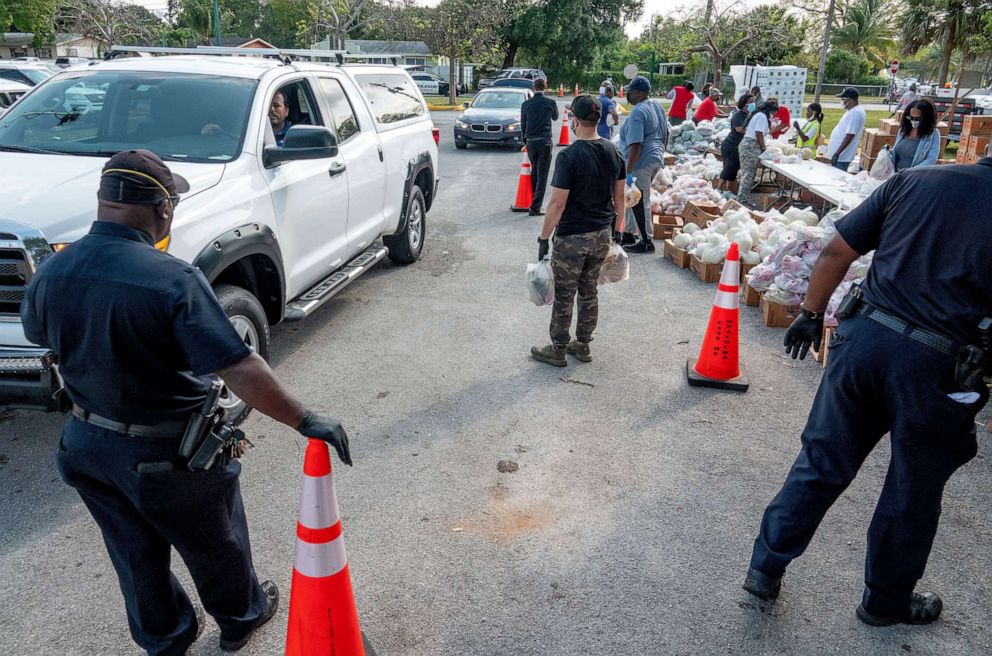
But "approved" doesn't mean a business received funding. More than a dozen business owners who spoke to ABC News, all of whom have been approved, are still waiting for their loans.
The SBA has not responded to basic questions about how many businesses have received their loans, but some Republican politicians are sharing success stories, including Senate Majority Leader Mitch McConnell, who highlighted five small business owners who received their funding.
McConnell and the White House are calling for Congress to approve more money for the program, as the allocated funds are quickly drying up.
Larry Kudlow, director of the White House National Economic Council, said on Friday that he estimated PPP funds would run out by April 17 and "that's why we would like the Congress to help us with an additional $250 billion."
McConnell last week attempted to pass a bill through the Senate by unanimous consent that would have provided the additional $250 billion, but it was blocked by Democrats.
Senate Minority Leader Chuck Schumer and House Speaker Nancy Pelosi instead are pushing for a $500 billion relief package that includes $250 billion for small businesses but also more money for hospitals, first responders and in food assistance.
With Congress out of session until April 20, and congressional leaders questioning when it will be safe to return to Washington, it's unclear when Congress might be able to approve more funding.
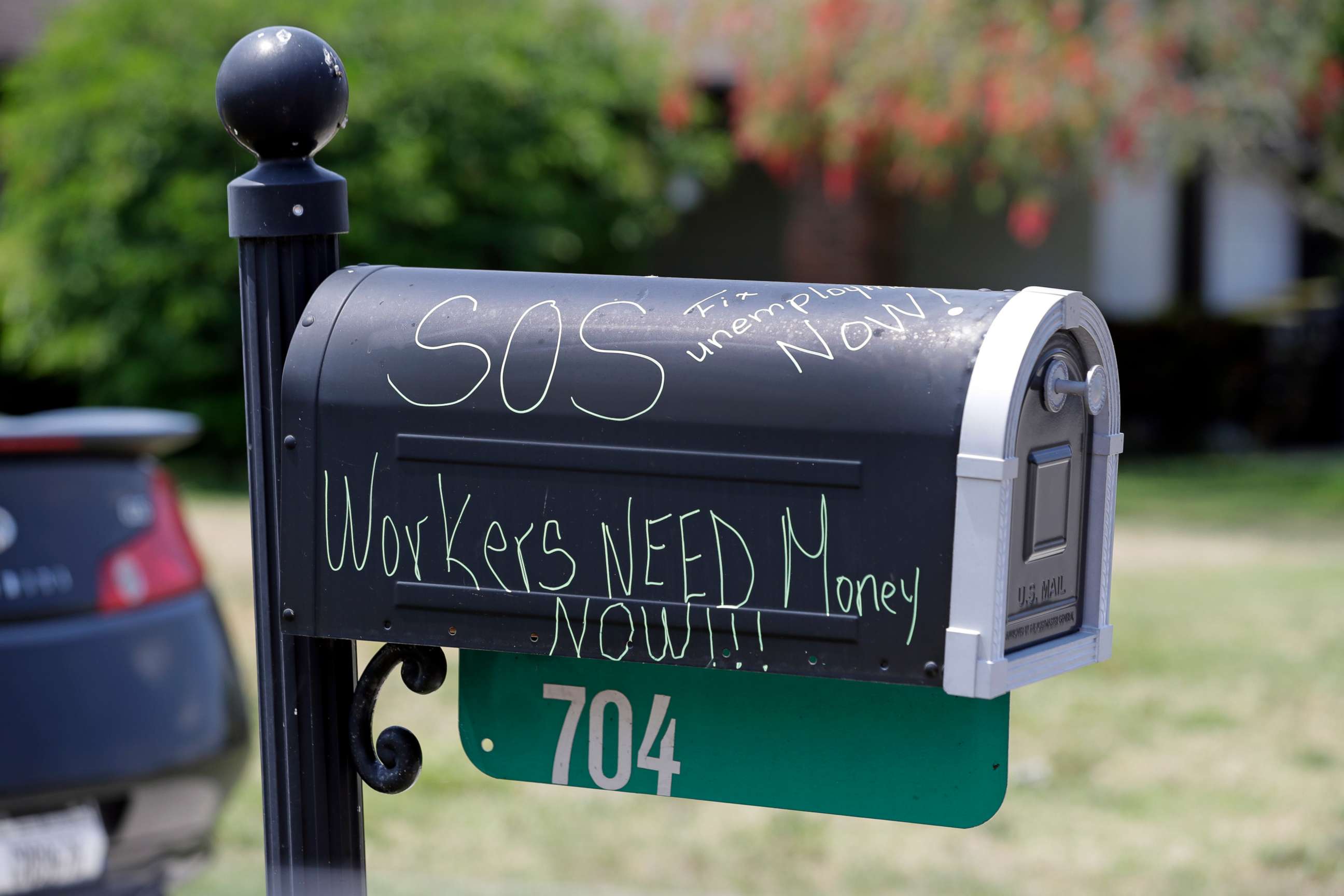
Economic Injury Disaster Loans for small businesses
Small business owners have other options for assistance during this economic downturn, but perhaps the most popular option already may be out of money.
The Economic Injury Disaster Loan program existed before the onset of COVID-19 and is designed to help small businesses affected by unexpected hardships, including natural disasters. The EIDL program was modified and expanded in response to the COVID-19 crisis.
Under this program, the SBA is offering loans of up to $2 million directly to business owners without going through banks, and said that up to $10,000 in "advance funds will be made available within days of a successful application." That suggests EIDL could be a faster option for funding for small businesses than the PPP, which didn't offer a specified timeline.
But the EIDL program was quickly overwhelmed with applicants. As of Friday, nearly 4 million small businesses had applied for EIDL funding, requesting $383 billion, according to the SBA. Congress had allocated only $17 billion for expanding EIDL.
"SBA cannot release these funds in three days," said Sen. Ben Cardin, D-Md., who's been fighting to for additional EIDL funding, "because they don't have the money to do it."
